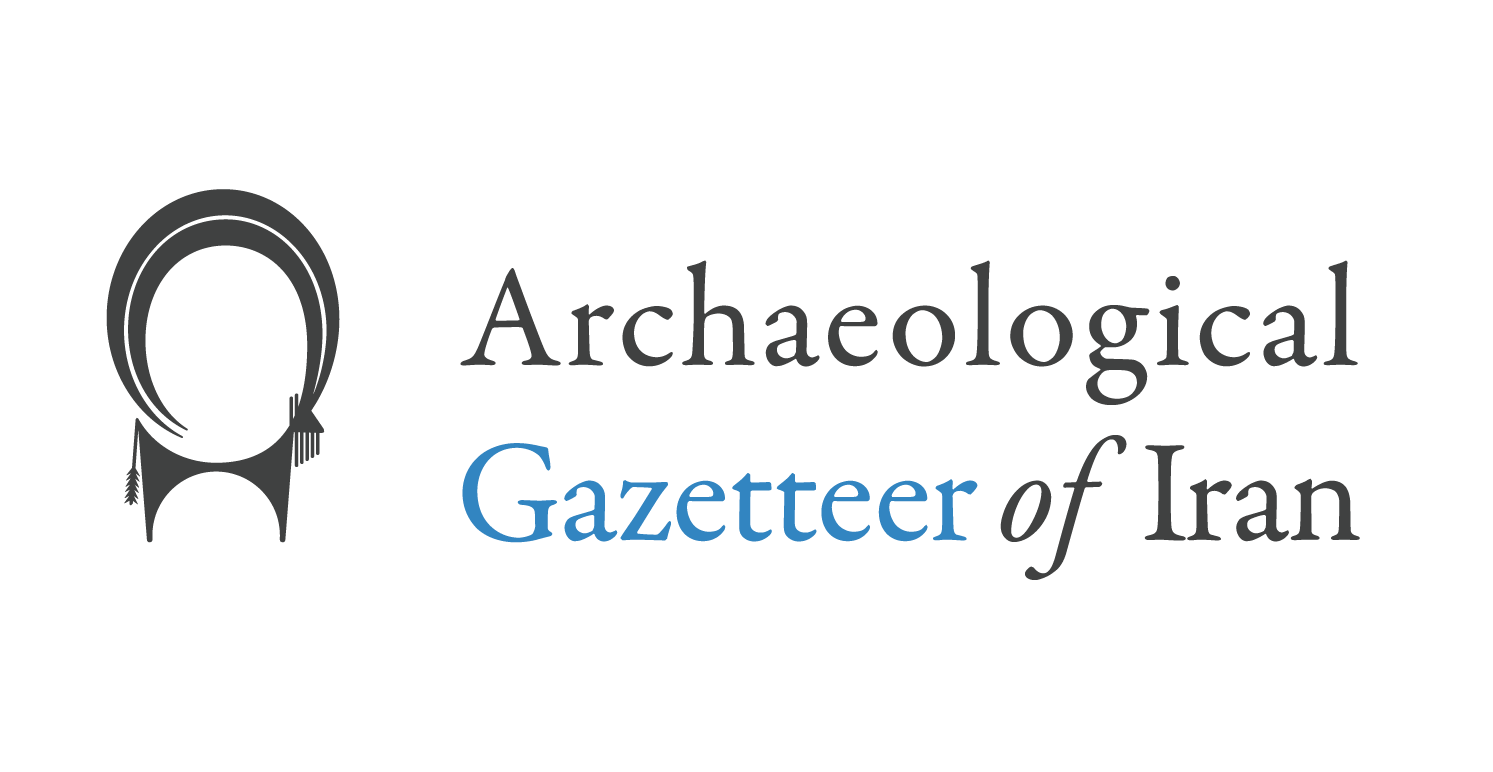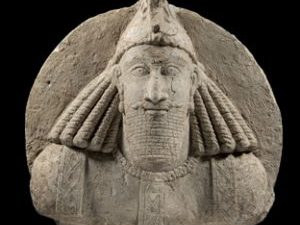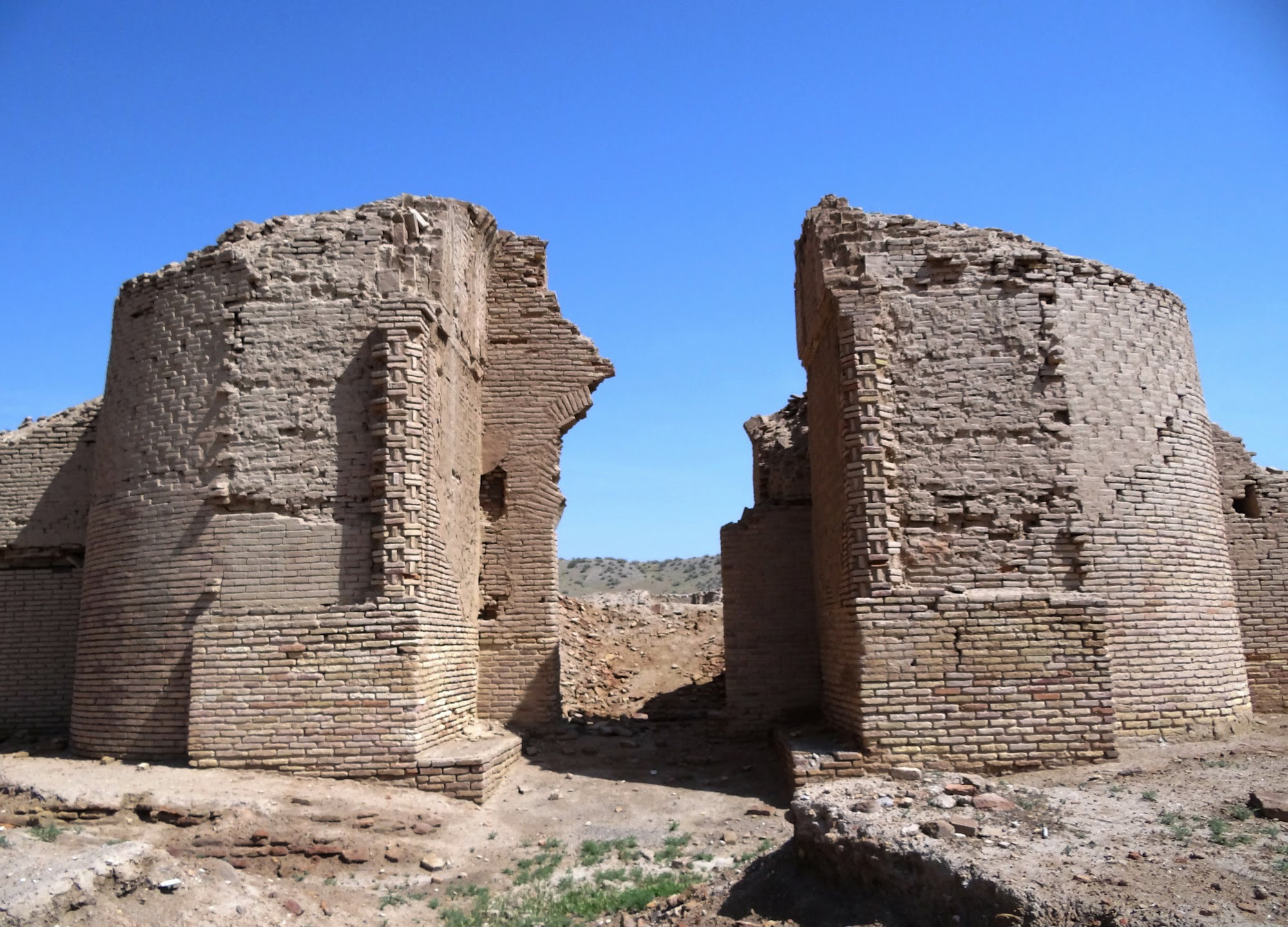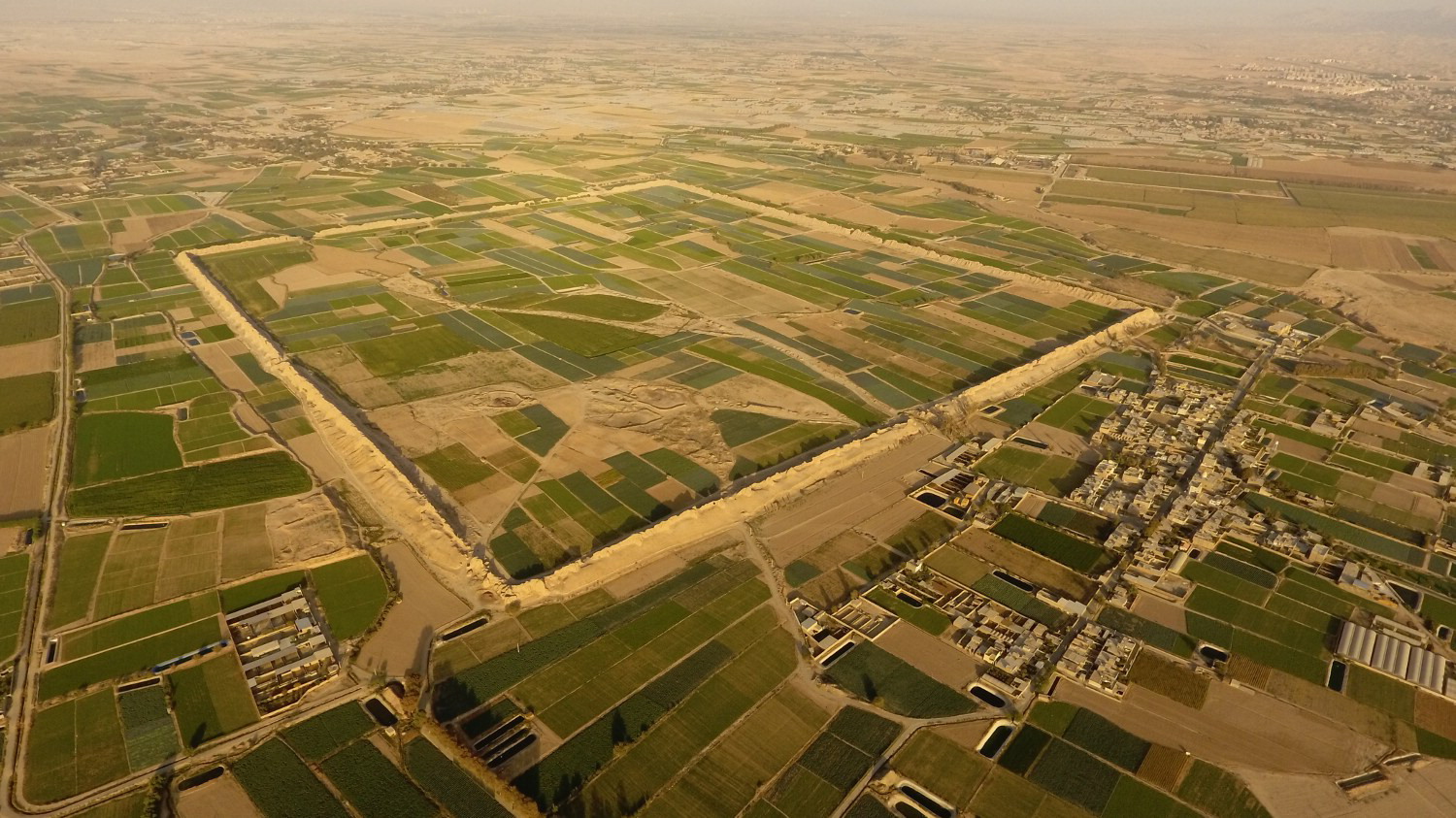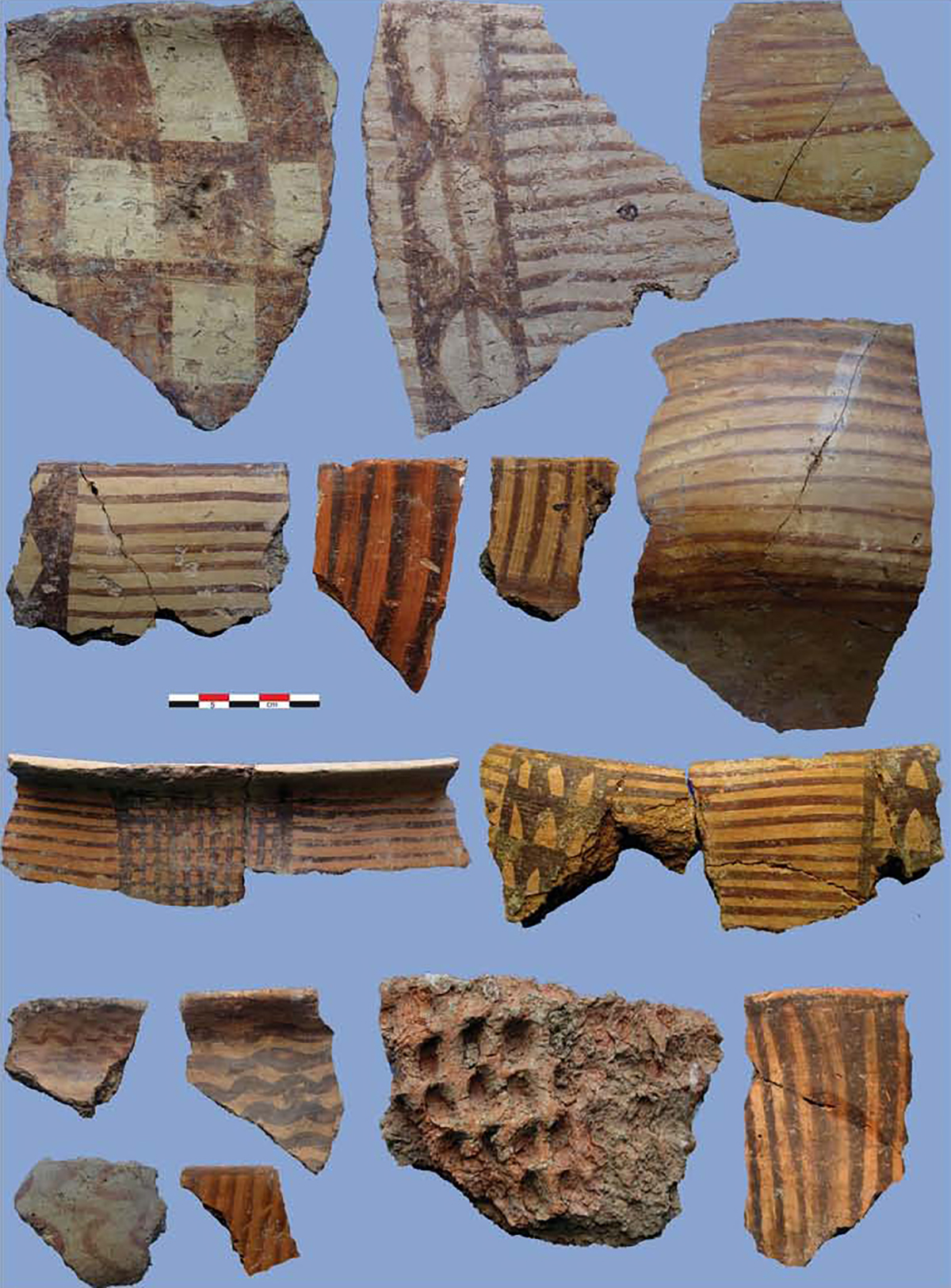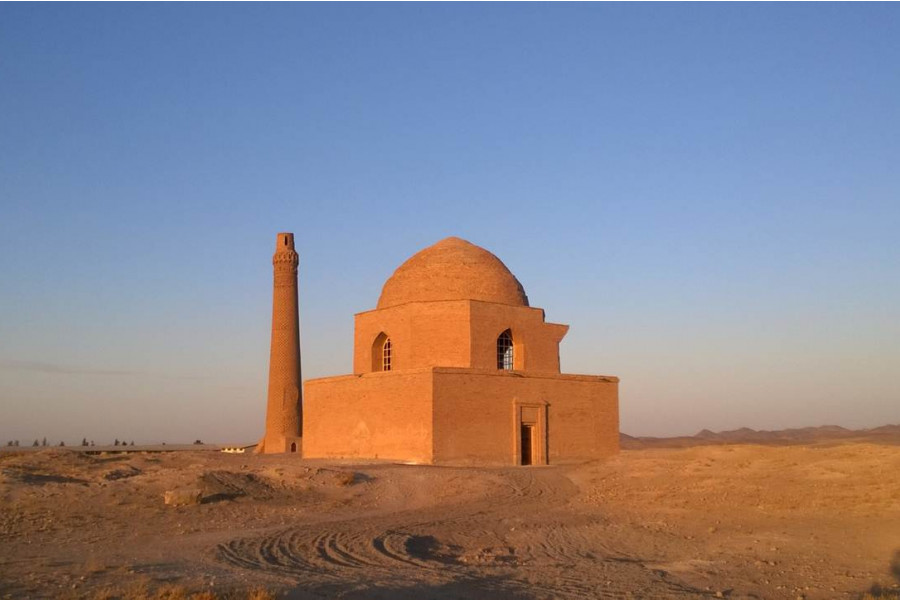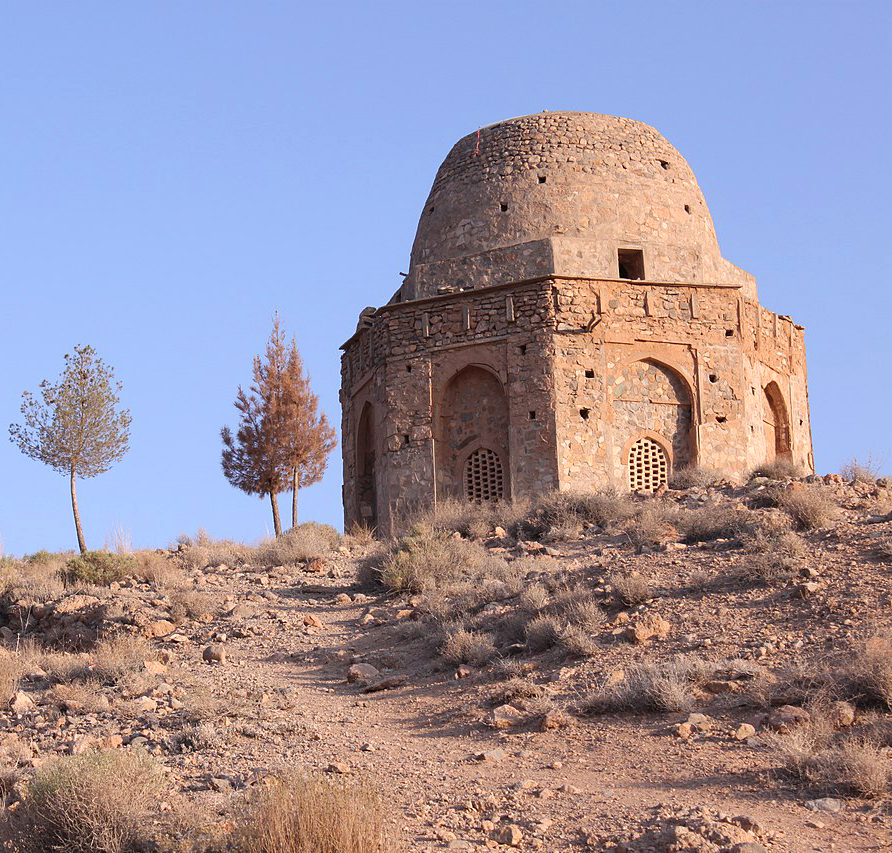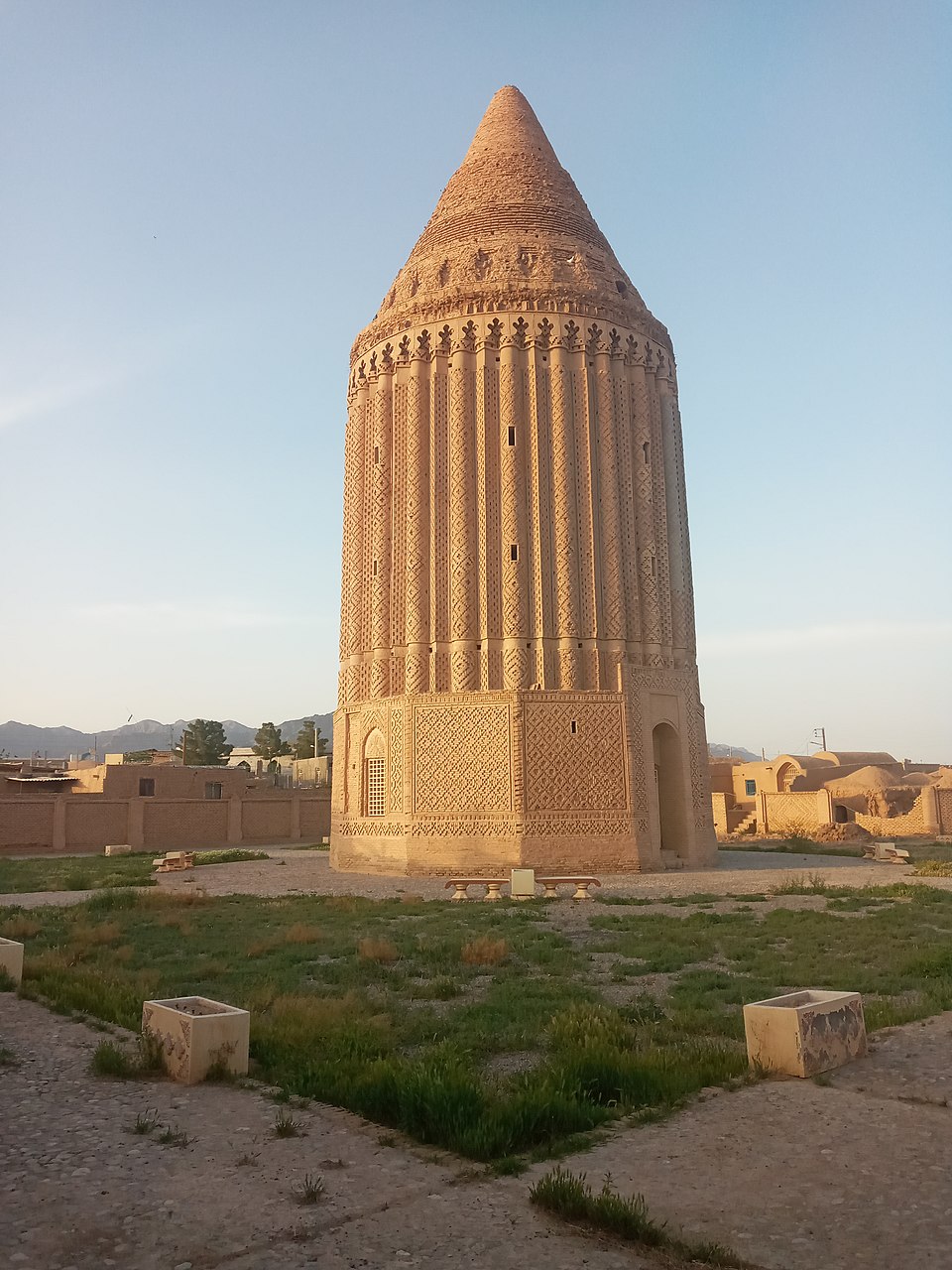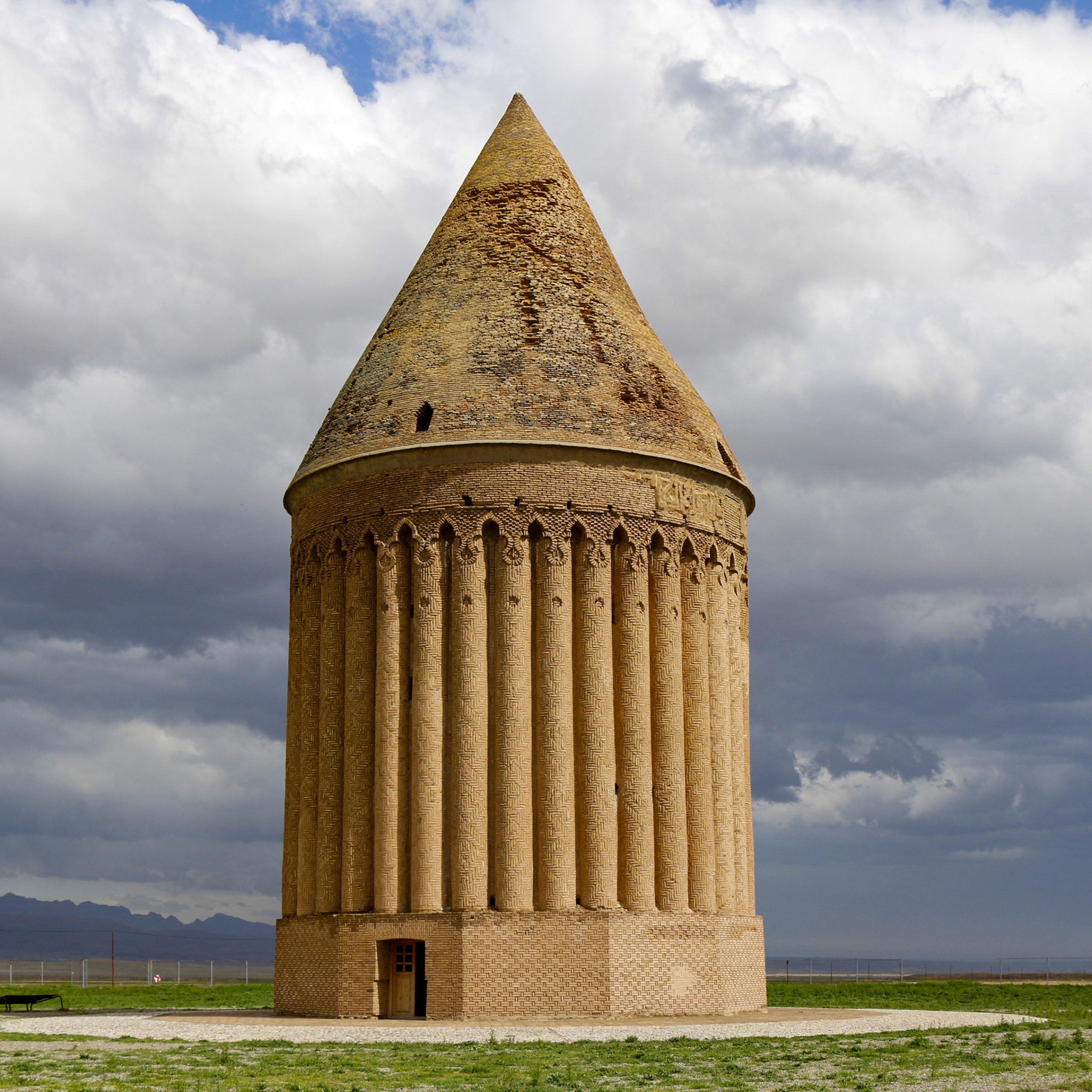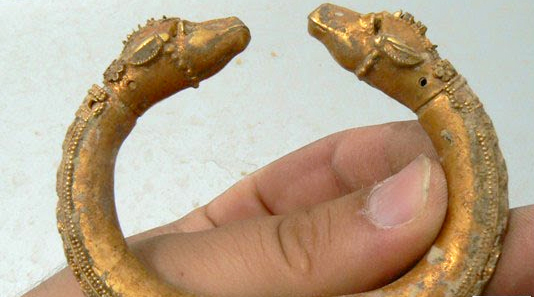Hājīābād, Tol-e Sefidakحاجی آباد، تل سفیدک
Location: Tol-e Sefidak is the name of an extensive mound near the present-day town of Hājīābād in southeastern Fars, southern Iran, Fars Province.
28°21’59.2″N 54°24’10.5″E
Map
Historical Period
Sasanian
History and description
The mound known as Tol-e Sefidak is one of the numerous archaeological mounds and structures spread over the plain of Hājābad in southeastern Fars. Located in the northwestern vicinity of the present-day town of Hājiābad, the mound was discovered in 1976. During bulldozing for farming and construction activities, stucco-decorated fragments were accidentally uncovered at Tol-e Sefidak. Sadly, about 60% of the ancient site was destroyed in the process.
Before the destruction, the outer limit of the site appeared to be rectangular. The remaining vestiges now form a more or less circular mound covering 10000 m². The excavated remains reveal an architectural complex with a large building that measures 80 x 70 m and is built in mud-brick. The building’s plan, as reconstructed by Massoud Azarnoush, consists of a courtyard with two columns leading to an eyvān in the south (fig. 1). This eyvān provides access to an open area, possibly another eyvān, before entering a square room in the north. A large number of stucco decorated fragments such as busts and figurines were recovered in the course of excavations.
According to Azarnoush, the excavator of the site, Tol-e Sefidak (the original name of which is still unknown), was a manor house comprising three main sectors: an official sector with the building and its eyvāns, a “religious” sector immediately to the west of the former, and a private sector, most of which has unfortunately been destroyed.
Azarnoush dates the constructions at Tol-e Sefidak to the reign of Shapur II (309-379 A.D.). The dating relies on the resemblance observed between the bust depicting this monarch and his effigy depicted on coins. The archaeological evidence suggests that the life of the site was brief; the Manor House was suddenly abandoned in the fourth century without any trace of violence or assault.
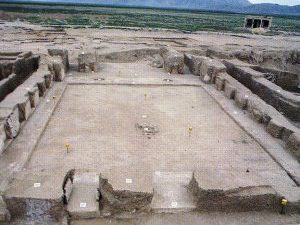
Fig. 1. Tol-e Sefidak, Hājīābād. Courtyard 178 from the south (image: Azarnoush, The Sasanian Manor House at Hājīābād, Iran, pl. II)
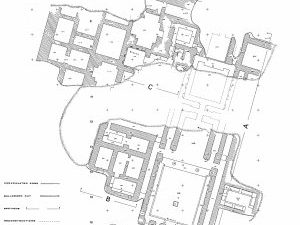
Fig. 2. Tol-e Sefidak, Hājīābād. Plan of the excavated remains (image: Azarnoush, The Sasanian Manor House at Hājīābād, Iran, pl. A)
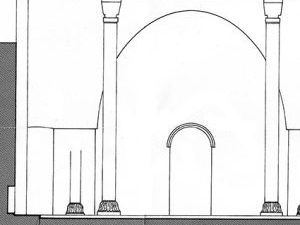
Fig. 3. Tol-e Sefidak, Hājīābād. Tentative reconstruction of the southeastern façade (image: Azarnoush, The Sasanian Manor House at Hājīābād, Iran, pl. B)
Archaeological Exploration
Tol-e Sefidak was first discovered in 1977. Then Massoud Azarnoush carried out excavations at the site in the winter of 1978 on behalf of the Iranian Center for Archaeological Research. Azarnoush explored most of the surviving part of the main mound. Although additional excavation seasons were planned at that time, no further fieldwork was conducted at the site.
Finds
The excavation at Tol-e Sefidak was surprisingly fruitful in archaeological finds. A substantial number of stucco-decorated pieces were recovered in the excavation (fig. 4). Notably several well-preserved stucco busts representing royal figures rank among the most significant finds (fig. 5). These consist of 3 large-sized busts, 6 medium-sized busts (including a portrait of Shapur II), 5 small-sized busts (with one depicting a female portrait), and a considerable number of fragmentary statues and figurines. Additional decorative elements include engaged columns and half columns the tops of which were decorated with human figures or busts in stucco. Furthermore, the excavation yielded several pieces of wall painting that once adorned the eyvāns. A large quantity of ceramics was also uncovered during the excavation.
Bibliography
Azarnoush, M., “Excavations at Hâjîâbâd, 1977. First Preliminary Report,” Iranica Antiqua, vol. 18, 1983, pp. 159-179.
Azarnoush, M., “Les fouilles de Hājīābād (Iran), 1977,” Arabie orientale, Mésopotamie et Iran méridional de l’Age du Fer au début de la période islamique, edited by R. Boucharlat and J.-F. Salles, Lyon, 1984, pp. 307-315.
Azarnoush, M., The Sasanian Manor House at Hājīābād, Iran, Florence, 1994.

